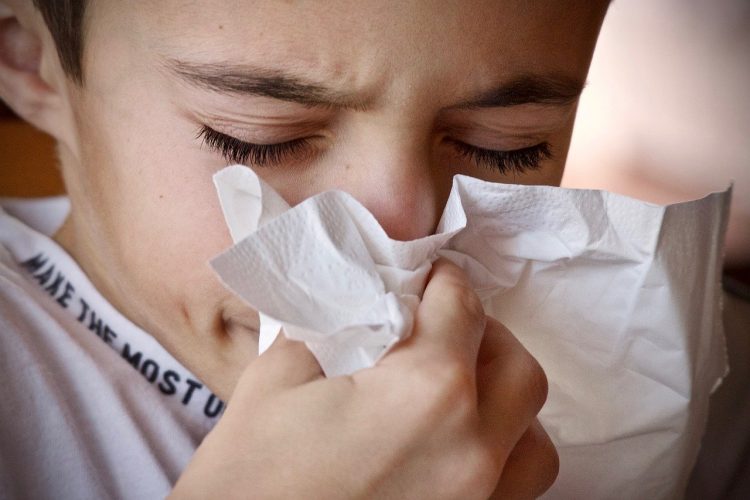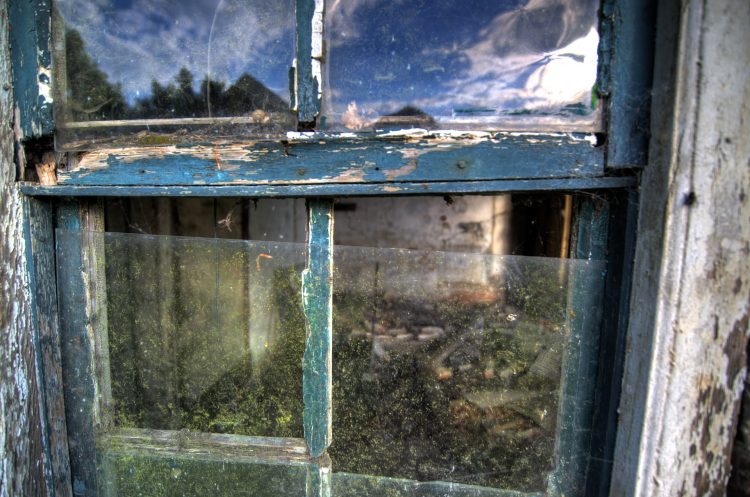Mold spores are around you at all times. There are also potentially hundreds of thousands of mold species to exist. Some species of mold are harmless, while others are capable of producing pathogens and mycotoxins.
Molds are typically classified based on their health effects on humans. Molds can be allergenic, pathogenic, and toxigenic. Allergenic molds cause problems in people who have allergies to certain species of mold. Where-as pathogenic molds can cause infections in humans, even in good health. Toxic molds actively produce chemical poisons with the intentions of harming other organisms.
Some mold species pose little to no harm to otherwise healthy people, while some produce mycotoxins that are unsafe to humans. It’s important to have a better understanding of the aforementioned classifications as apposed to a specific species of mold (there are hundreds of thousands).
How Molds are Classified
As noted above, molds are typically classified based on their likeness to cause adverse health symptoms in humans. Molds are either allergenic, pathogenic, or toxigenic. Just the same, dust can also be closely connected to the occurrence of allergic reactions. This comparison between dust and mold will surely clear things out for you.

Allergenic
Molds that are classified as allergenic are apt to affect people who have allergies or are predisposed to asthmatic symptoms.
People who are allergic to a specific mold species can experience severe reaction when they come into contact with it (via inhalation, ingestion, or dermal contact). When the body comes into contact with the mold it has an inflammatory response in the upper respiratory tract.
It’s estimated that 20 to 30 percent of the population is susceptible to mold-based allergic reactions. However, most healthy people are unaffected by small amounts of exposure.
Pathogenic
Our bodies’ immune system is able to fight off pathogens, however, pathogenic molds are referred to as opportunistic. Meaning, they tend to target people who have compromised immune systems like the elderly, infants, and people who take immunosuppressants.
Toxigenic
Unlike the other two mold species, molds that are toxigenic actively work to produce harmful chemicals called mycotoxins. The purpose of these chemicals is to intentionally harm other organisms.
Both mature mold growth and mold spores can contain mycotoxins. As a result you can become exposed to it via inhalation, ingestion, and skin contact.
Dangerous Types of Mold

As noted above, mold classifications typically help to outline which species have a likeness to cause harm to humans and be deemed “more dangerous.” However the following species are mentioned more than others in regards to their overall level of danger in humans.
Stachybotrys chartarum aka ‘Black Mold’
Stachybotrys chartarum aka “Black Mold” or “Toxic Black Mold” is one of the most recognized indoor molds. Stachybotrys chartarum takes on a greenish-black appearance.
This mold species is hydrophilic and requires high water content and low levels of nitrogen. It usually grows as a result of prolonged moisture exposure: water-damage, leaks, flooding, etc.
Black mold is also toxigenic and produces mycotoxins which are harmful when inhaled and ingested.
Chaetomium
Another potentially harmful mold species frequently found in damp and water-damaged areas is Chaetomium. Many homeowners mistake Chaetomium for toxic black mold due to their striking similarities.
Chaetomium mold colonies grow rapidly, are cottony, and are usually white initially. The spores they release are bigger and heavier than the spores of many other mold species, so they’re less likely to become air-borne, except in cases where the mold has dried out and is disturbed.
Chaetomium molds are among the many molds that cause infections (pathogenic), especially to individuals with weakened immune systems. Causing skin and nail infections, internal lesions, cerebral infections, asthma, and allergic reactions.
Aspergillus
It’s estimated that there are nearly 200 species of Aspergillus mold. This species of mold typically grows in warm climates when elevated levels of moisture are present.
Aspergillus usually has a velvety or powdery texture and their colonies can take on many colors depending on the species. The mold is commonly found in heating and air conditioning systems.
Symptoms of aspergillus exposure include allergic reactions as well as chronic sinusitis.
Alternaria
There are an estimated 250 species of Alternaria. This type of mold is one of the most common and is ubiquitous in nature.
At the start of growth, the surface of Alternaria colonies are greyish white, but darken and turn greenish-black or yellowish-brown with a pale-colored border when matured. Alternaria is highly airborne and grows rapidly.
Alternaria is known to cause asthmatic symptoms like coughing, wheezing, headache. High levels of Alternaria exposure is also associated with esophageal cancer.

Fusarium
There are roughly 300 species of Fusarium. This species of mold requires wet conditions in order to grow and is commonly found in humidifiers. However, most species of Fusarium are not found indoors.
The color of the Fusarium colonies varies from tan, white, and cinnamon to salmon, red-violet, pink, purple, or yellow, with texture ranging from flat-looking to hairy.
Fusarium infection can cause serious health problems including dermal reactions, asthma, and pulmonary problems like emphysema and pneumonia.
Penicillium
Penicillium is one of the most common fungi in the world and grows both indoors and outdoors. Like most species of mold, they tend to grow in colonies that range in color: including white, bluish-green, pink, and yellow, with a powdery texture.
When indoors, penicillium is most commonly associated with the spoilage of food-stuffs.
Where Toxic Household Mold Species Are Found
Mold thrives and spreads easily in warm, damp, and humid places, which explains why indoor molds frequently grow in areas with high water content and low ventilation like bathrooms, showers, and basements.
Toxic molds are also incredibly resilient, which means they can grow in practically all common building materials. They can grow well in wood and wooden surfaces as well as paper and paper products such as wallpaper, drywall, and cardboard. They can thrive in fabrics like carpets and upholstery and can also be found in other building products, including paint and insulation.
Most health problems associated with exposure to molds arise with long-term exposure and high levels of concentration.

